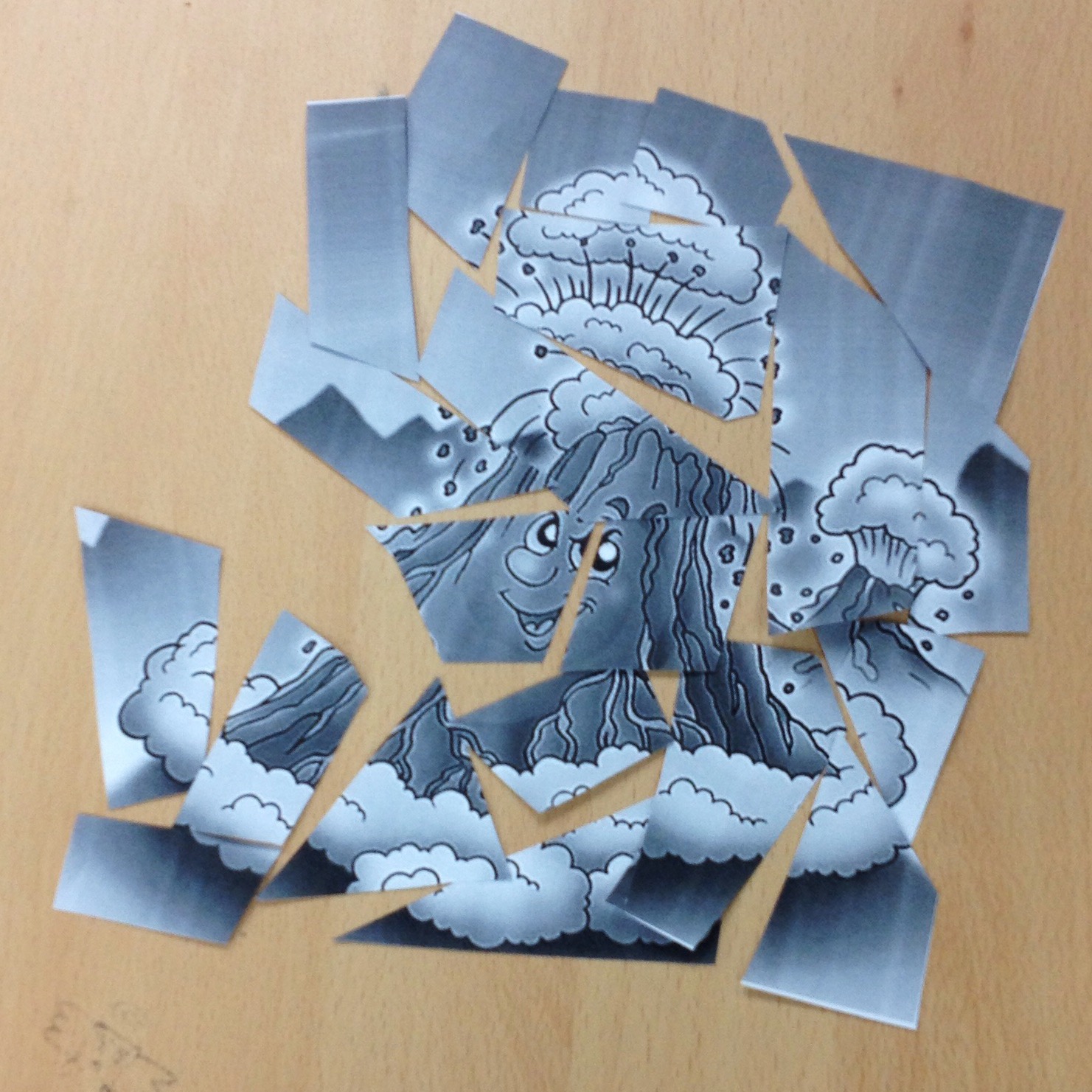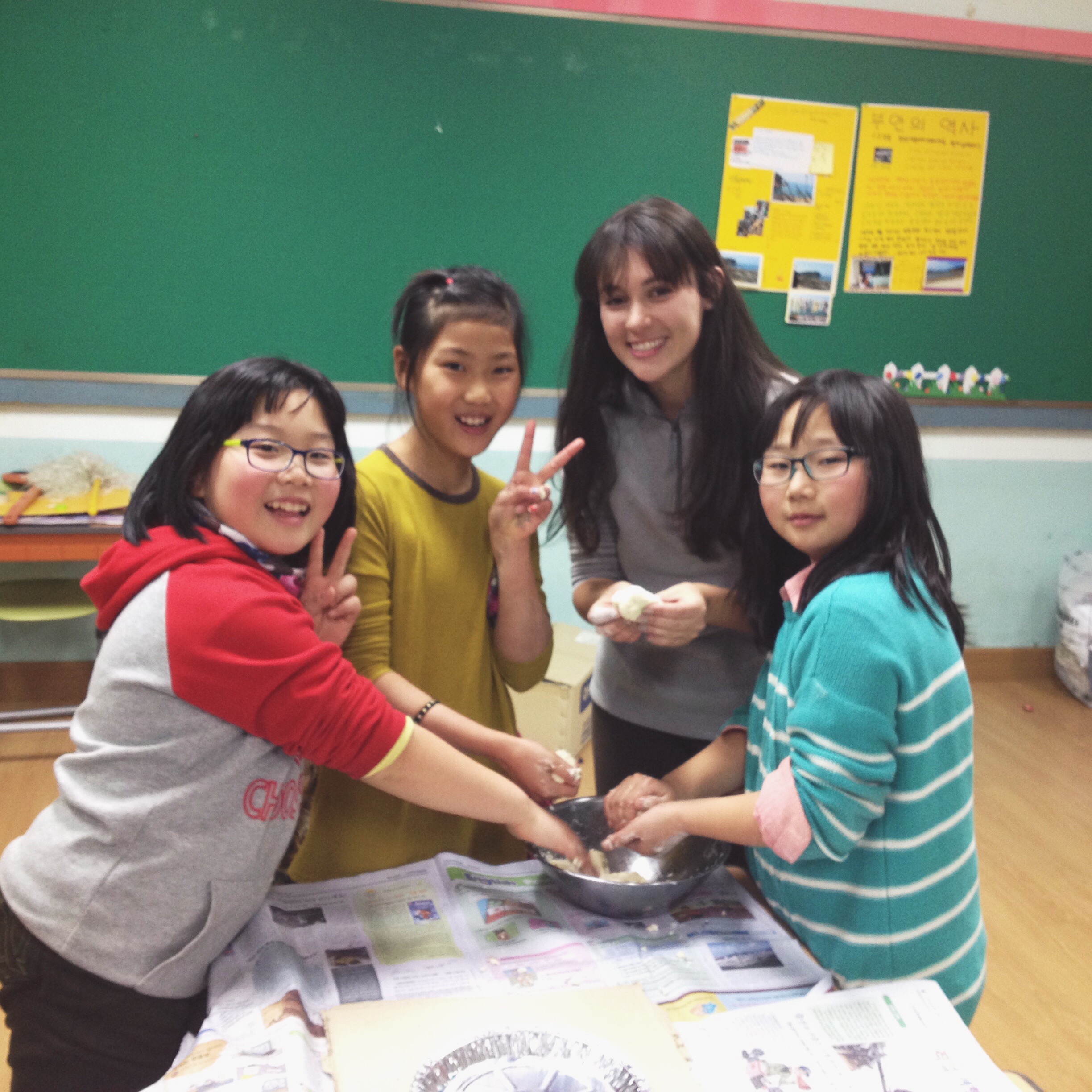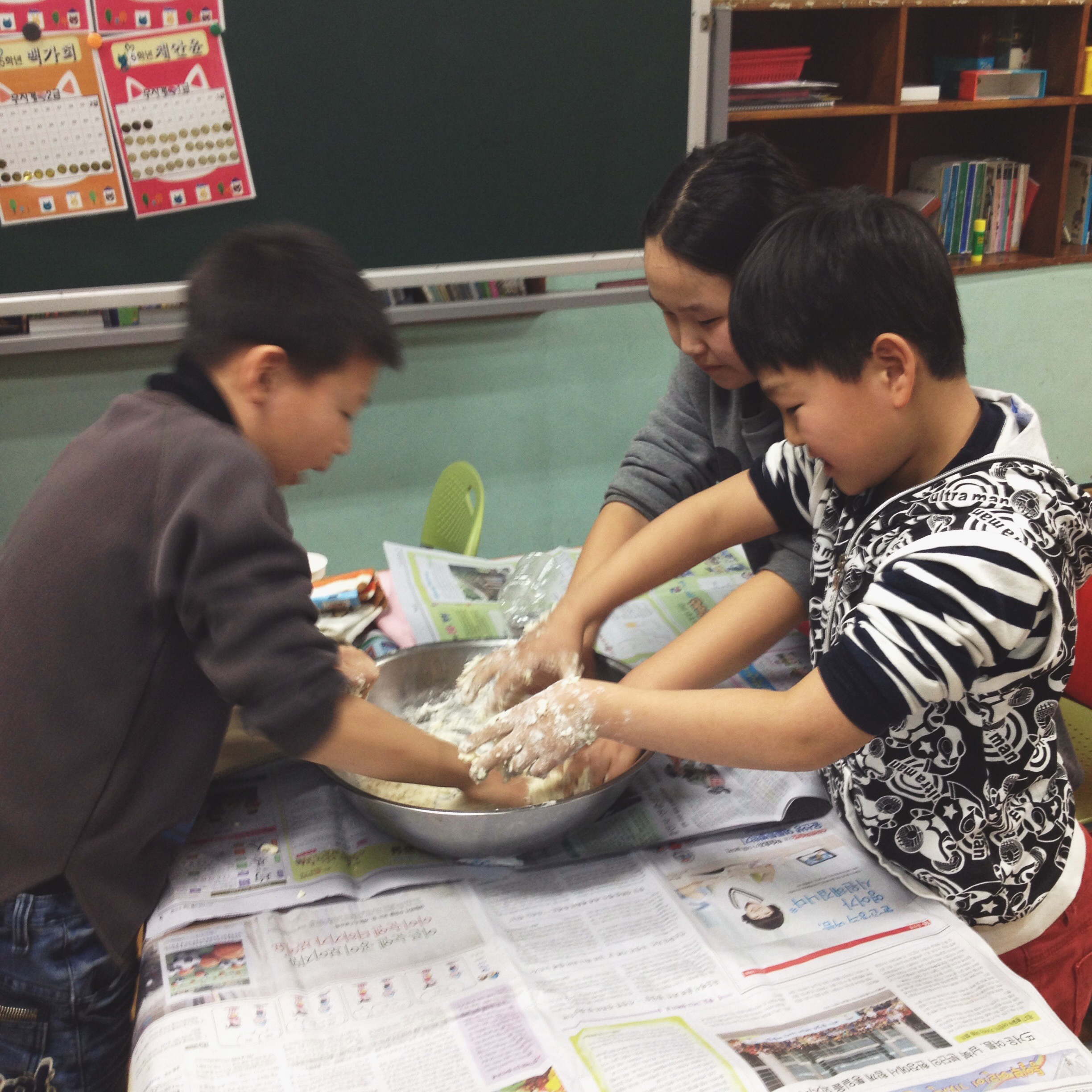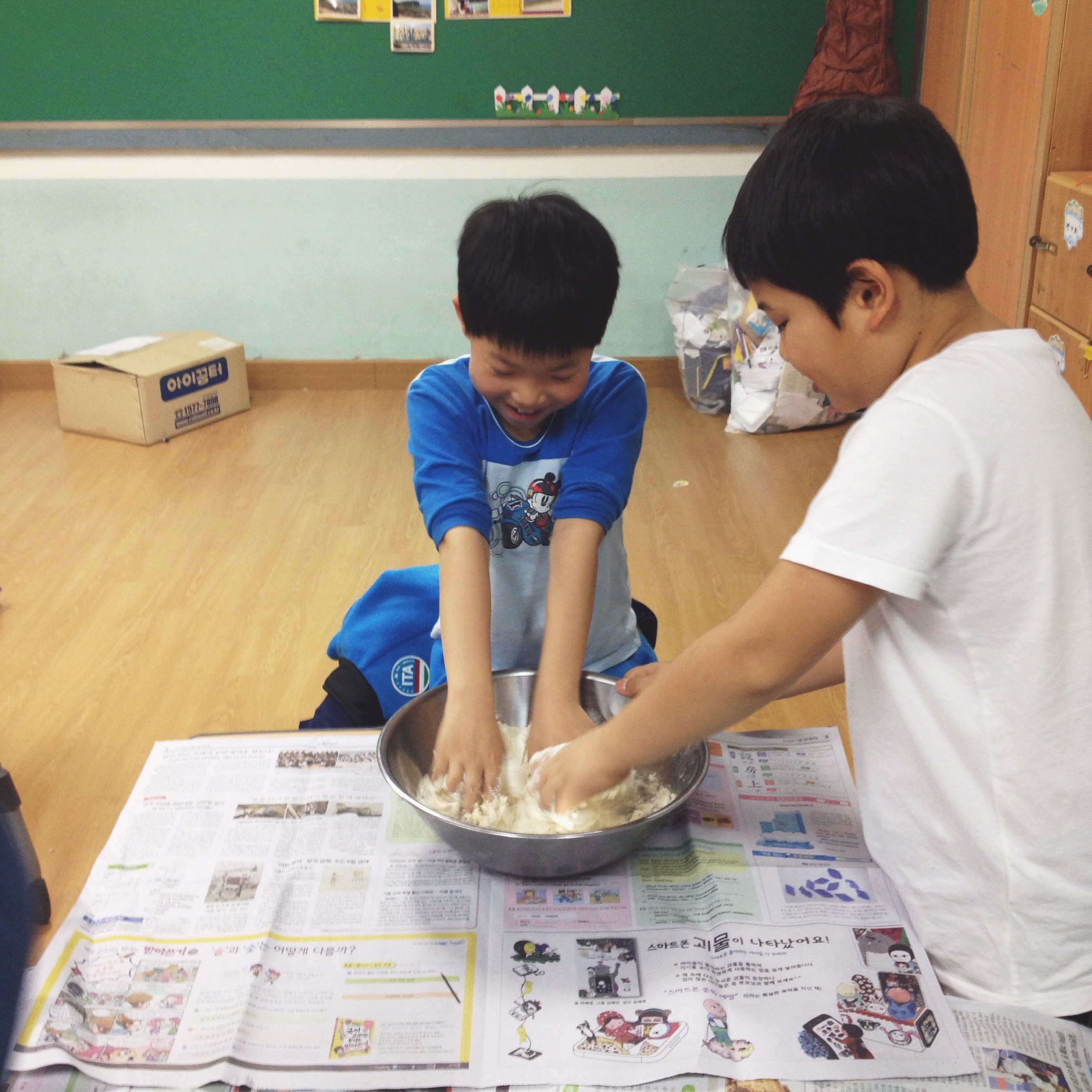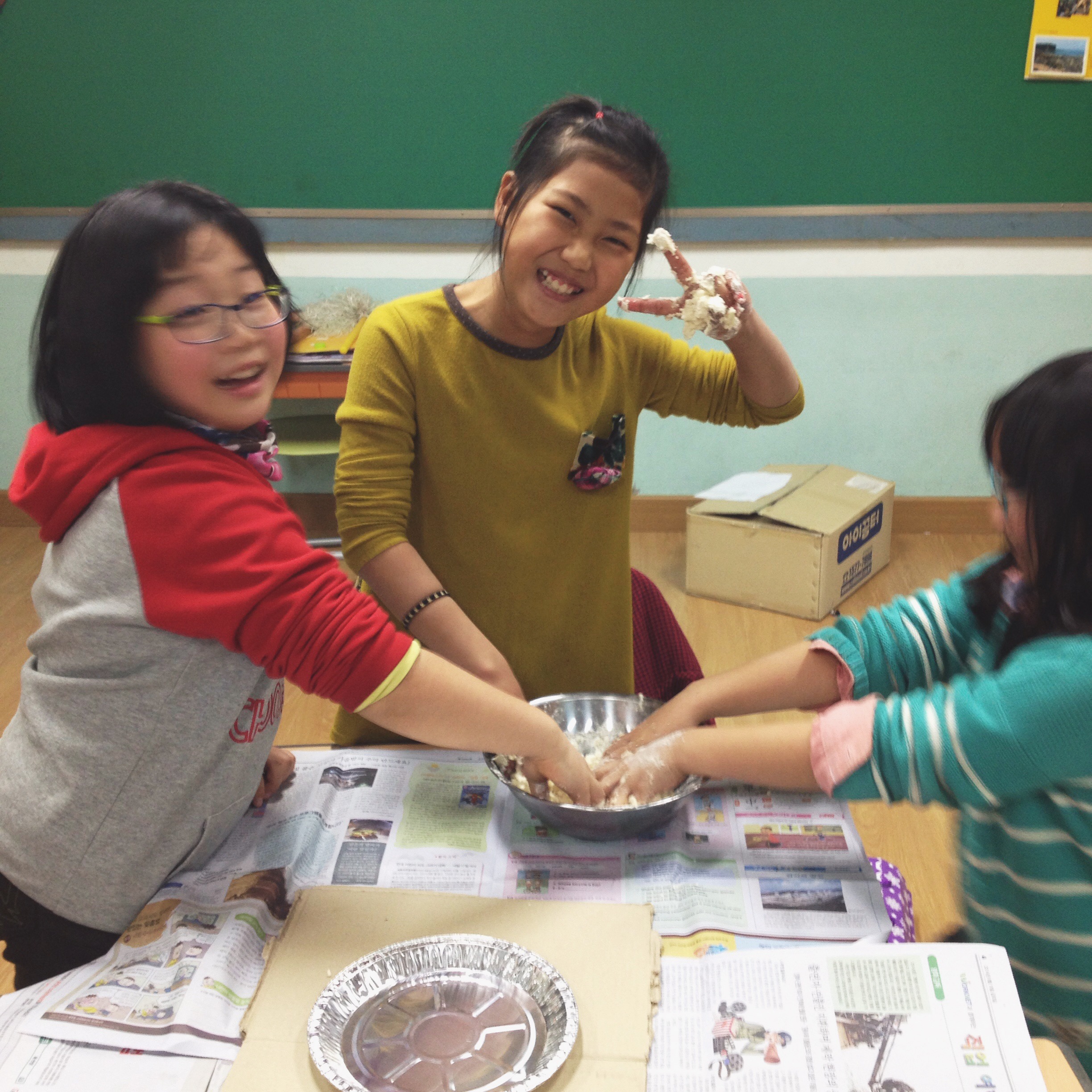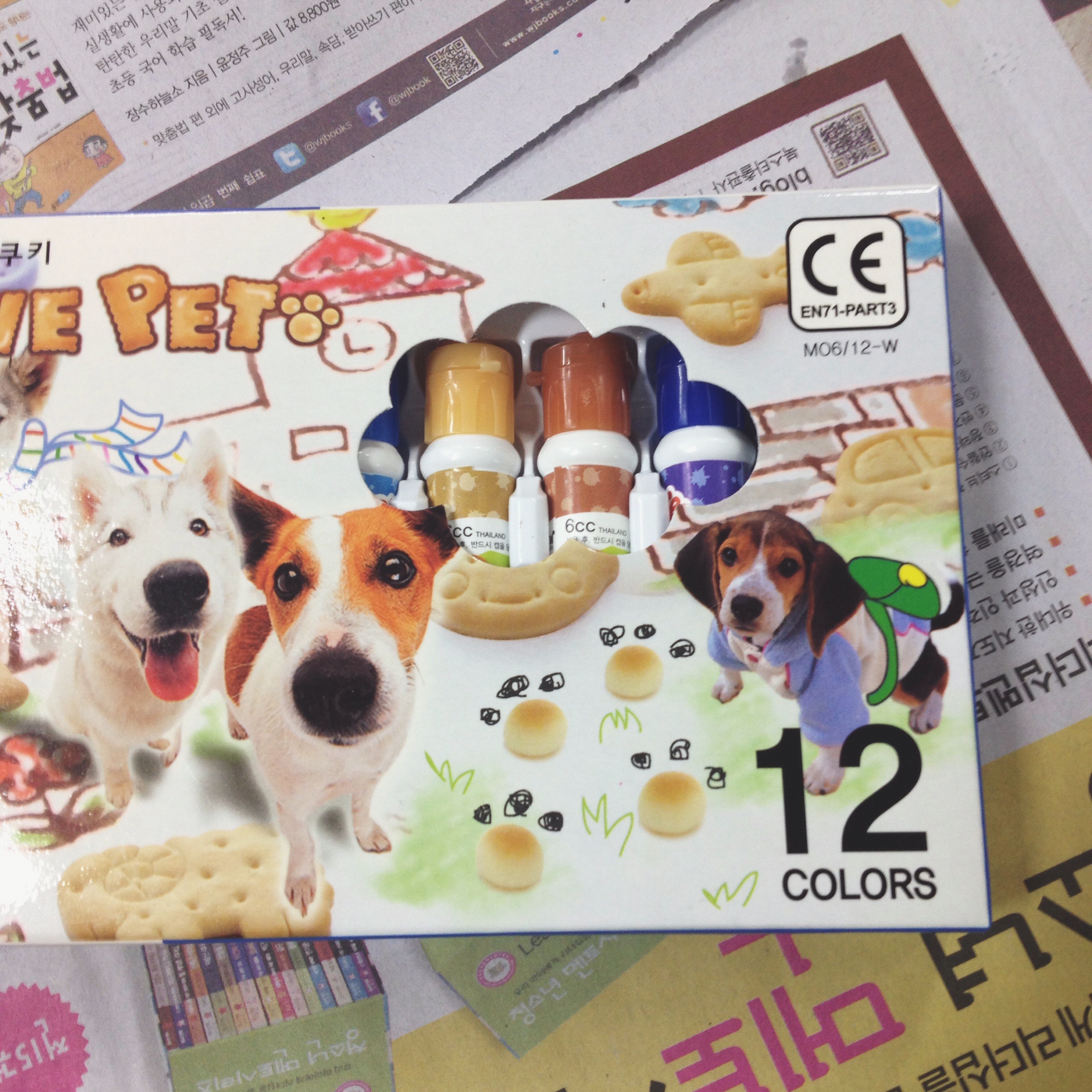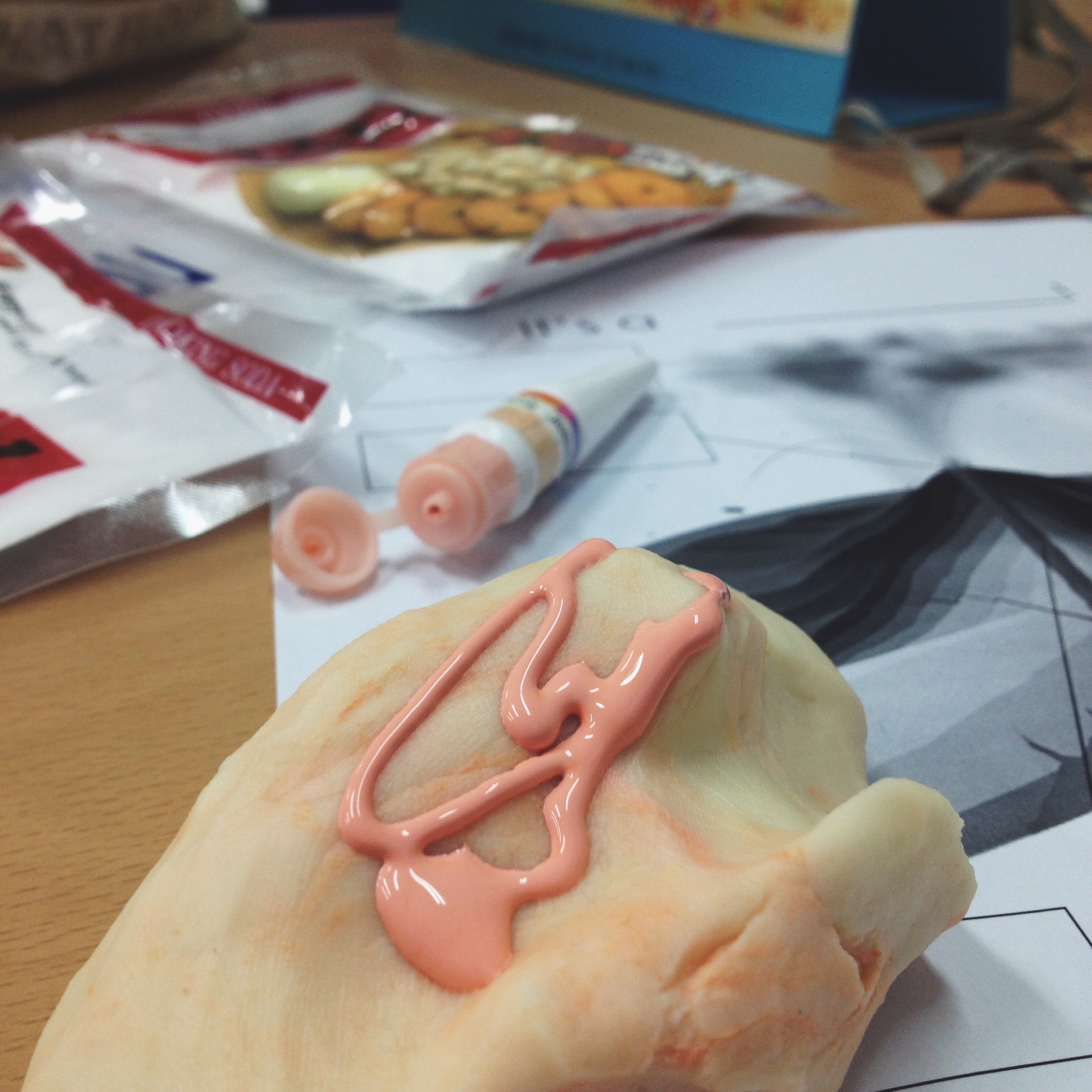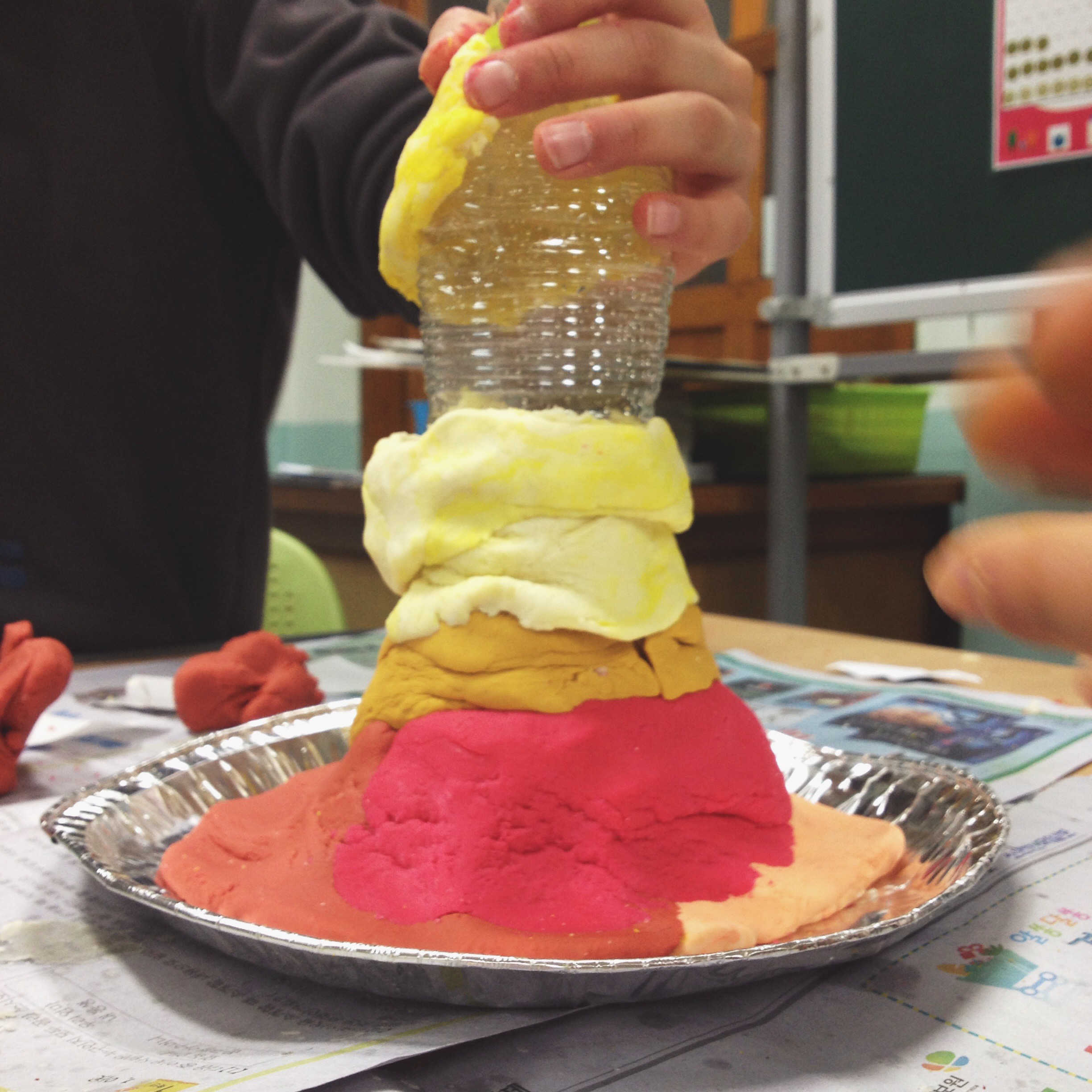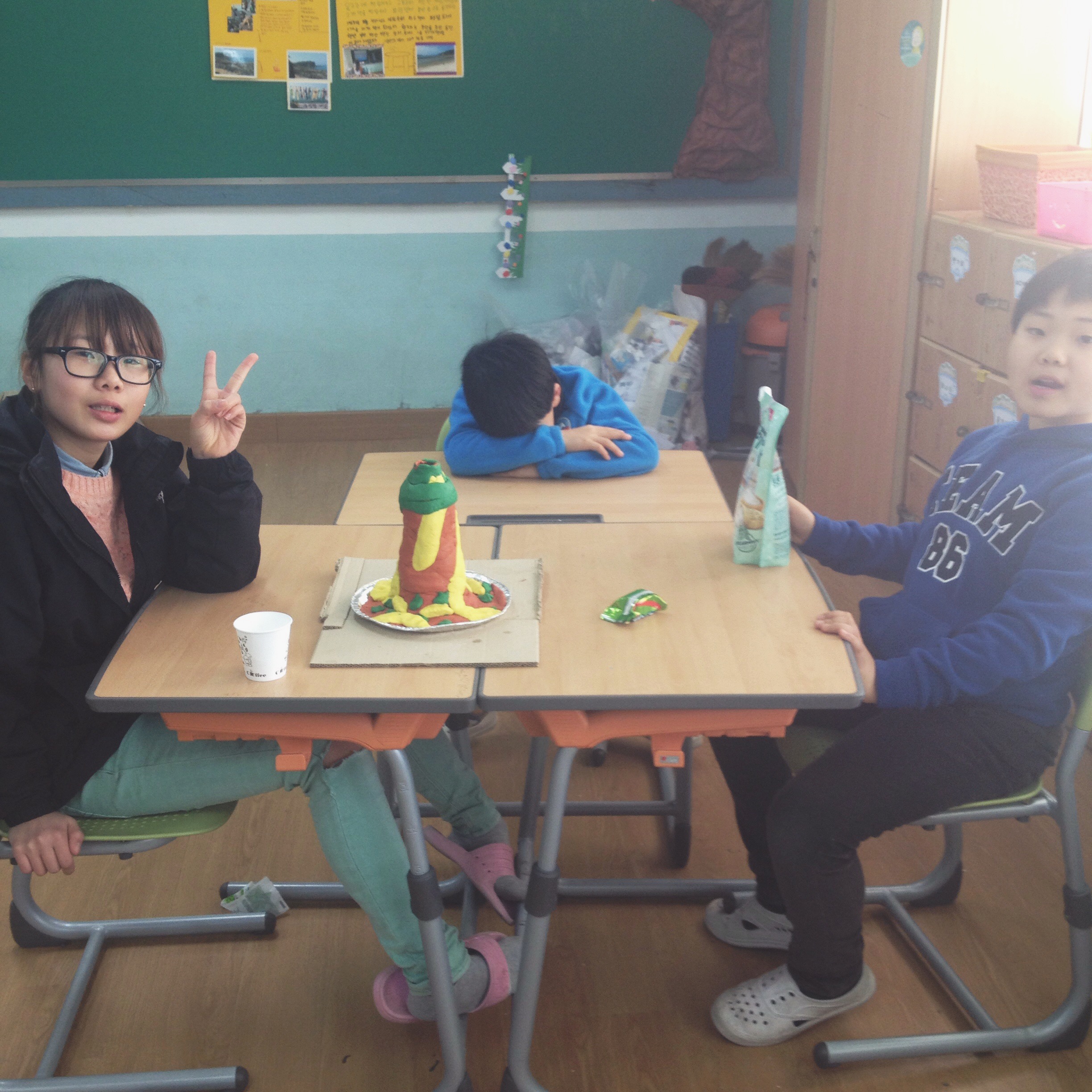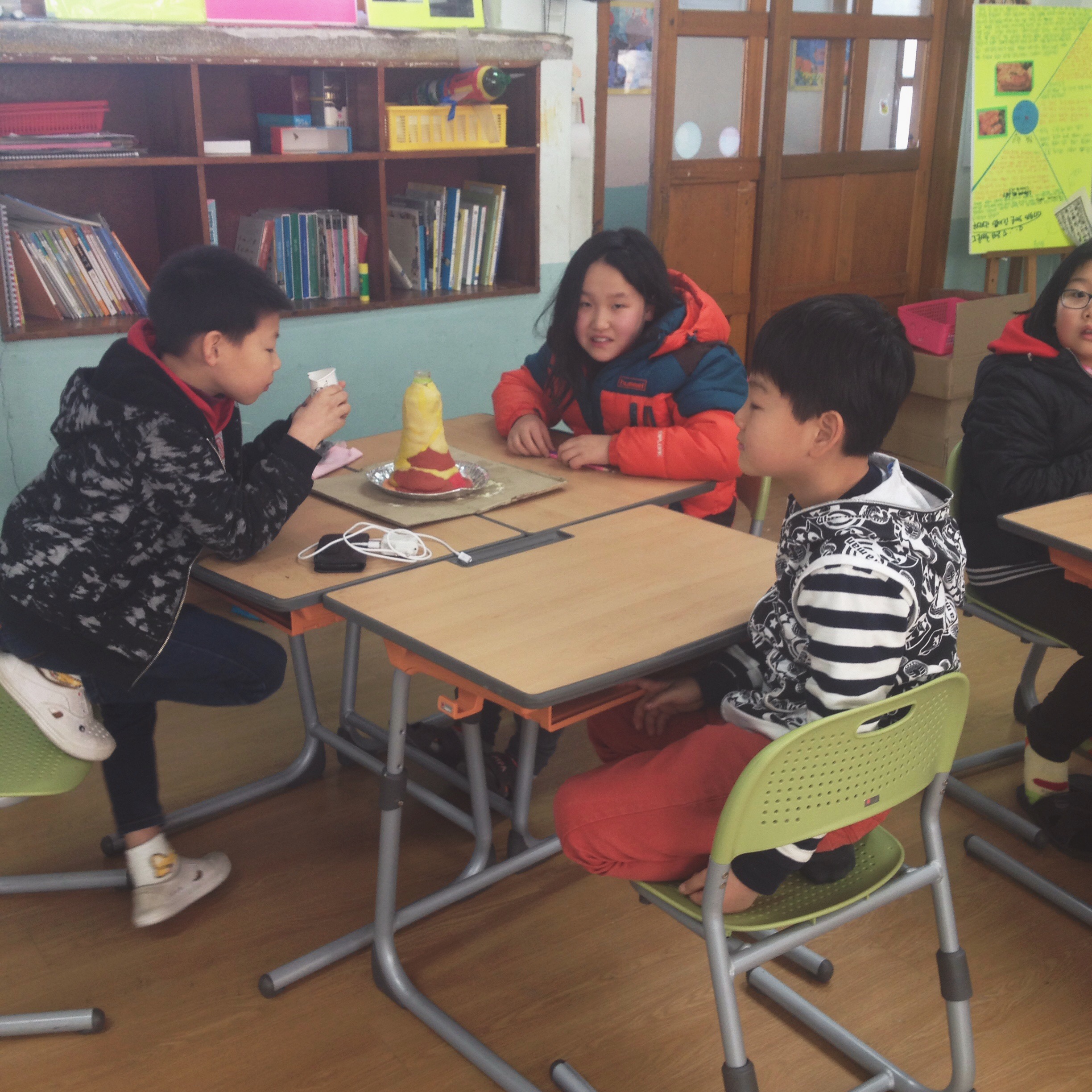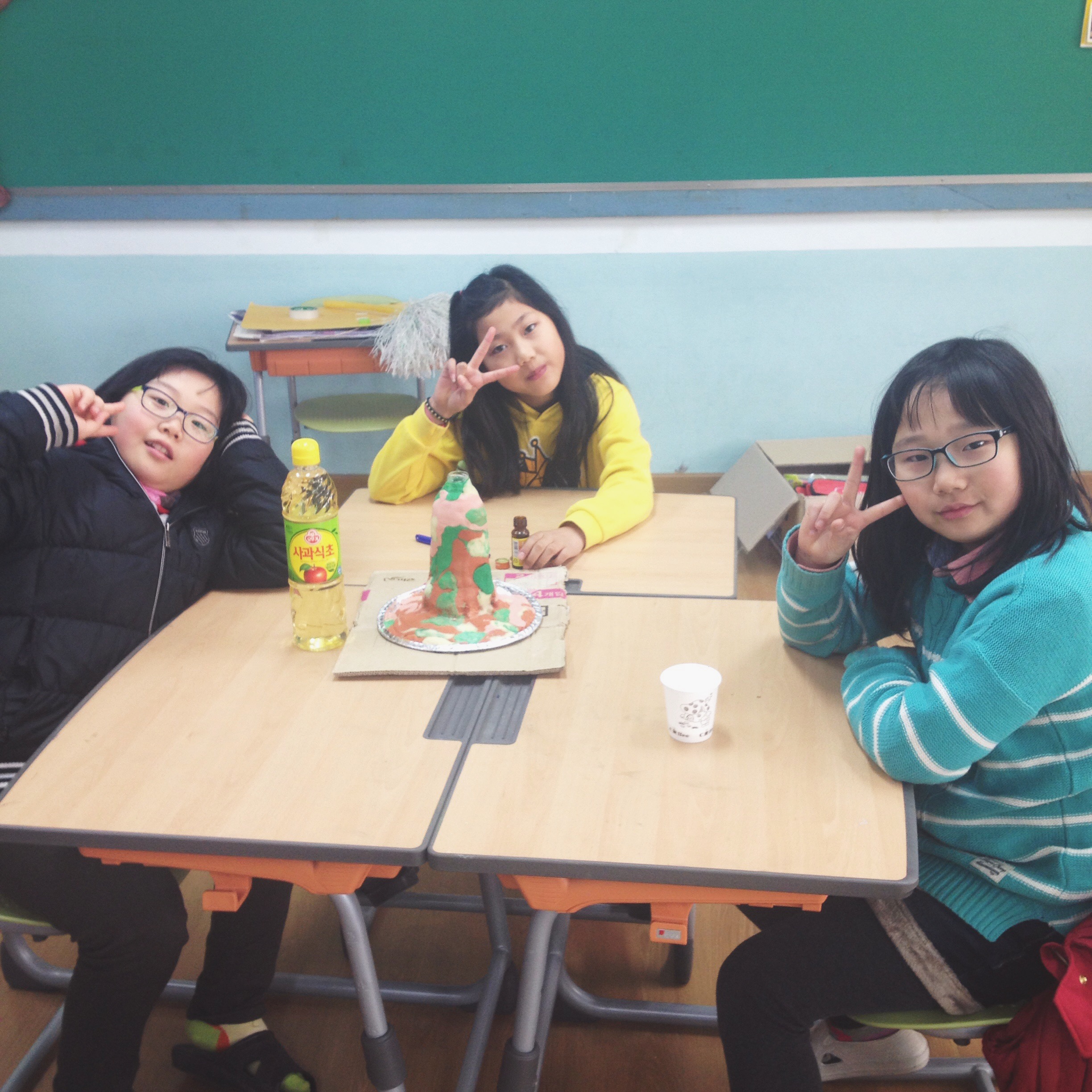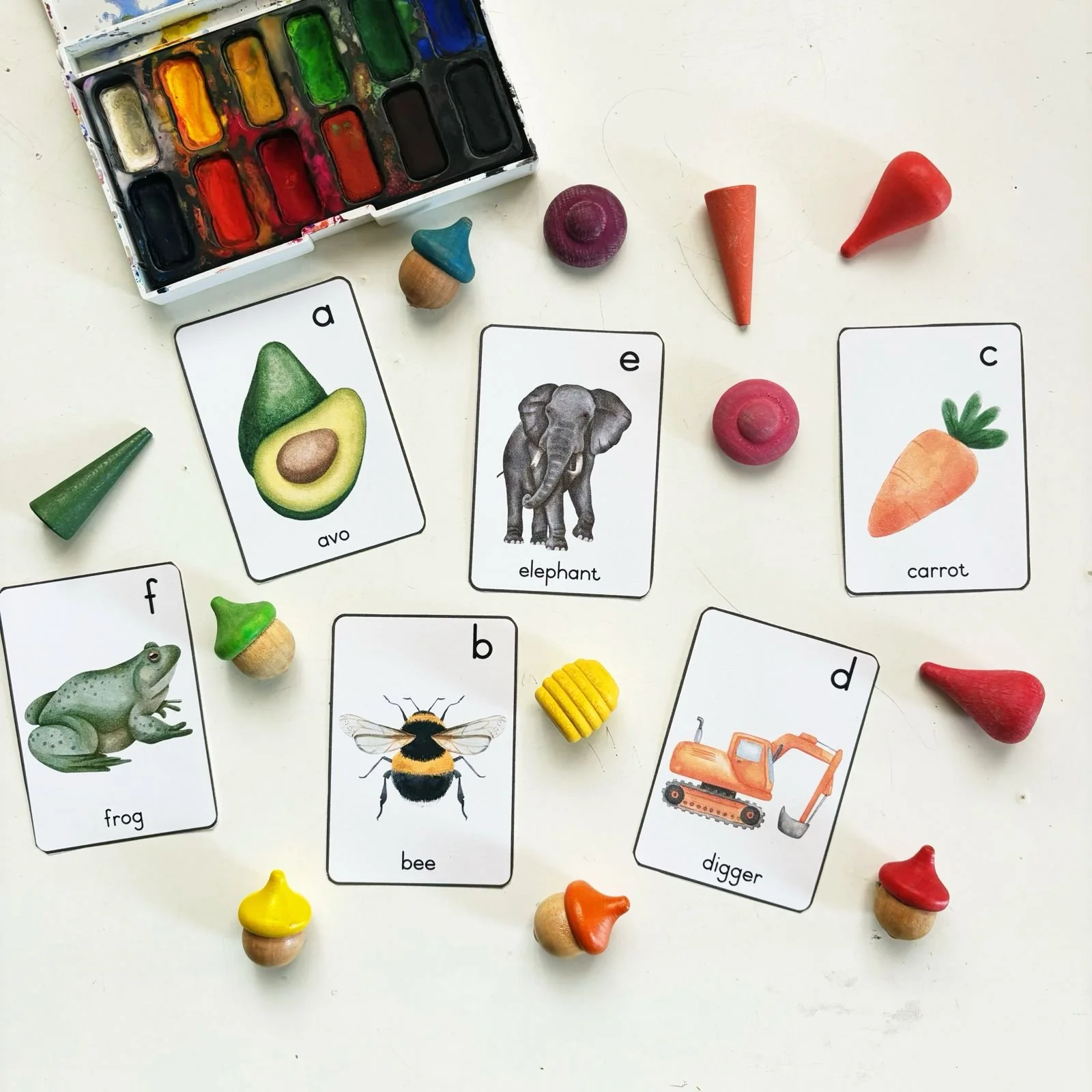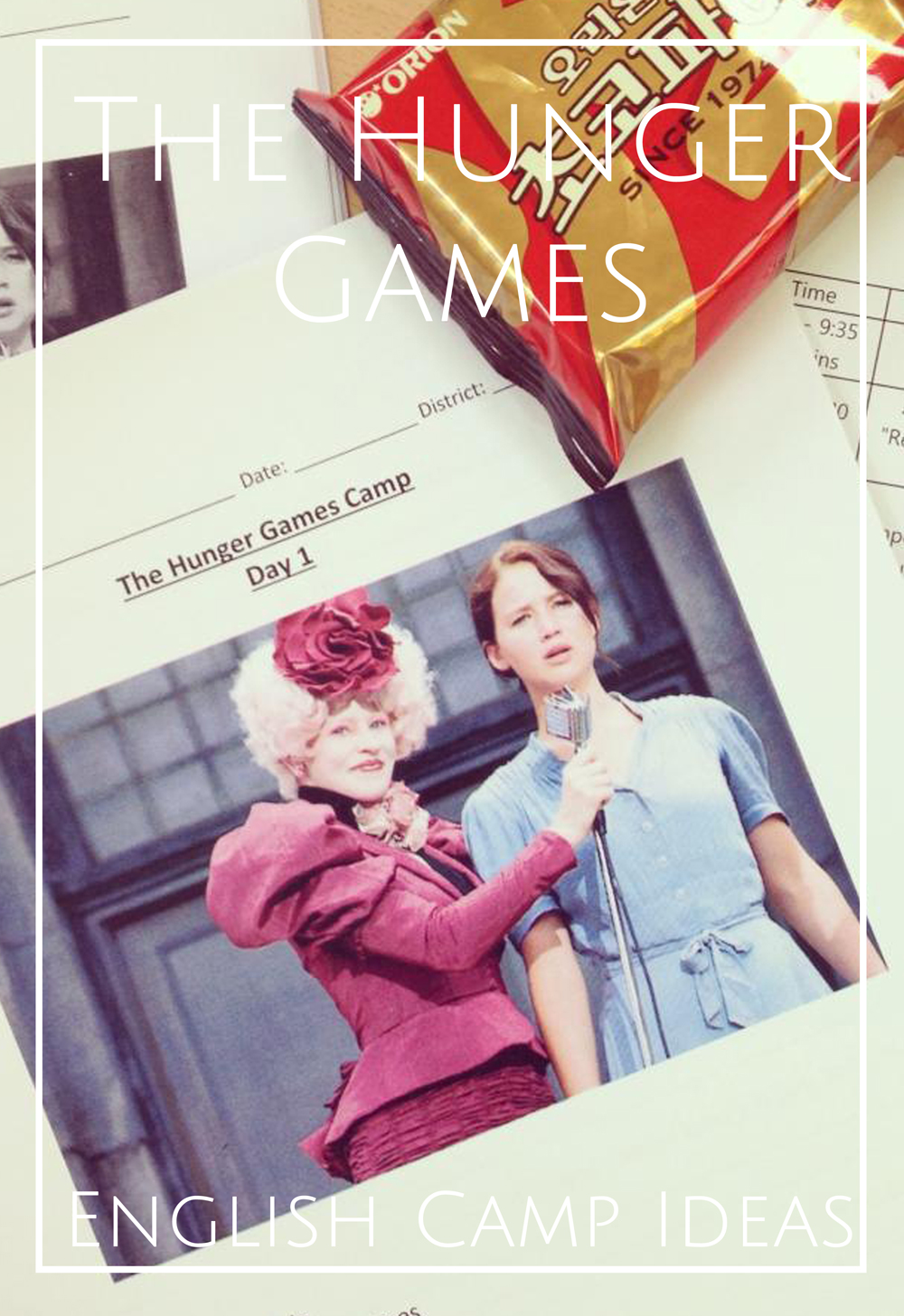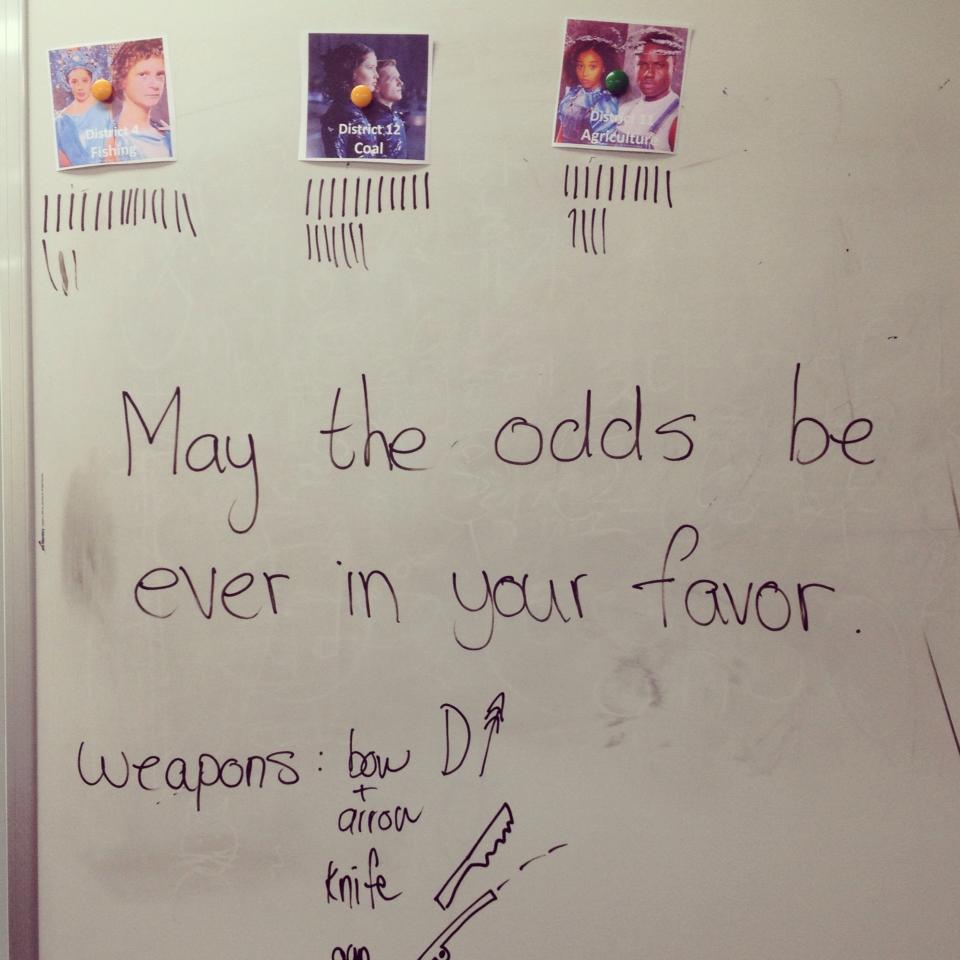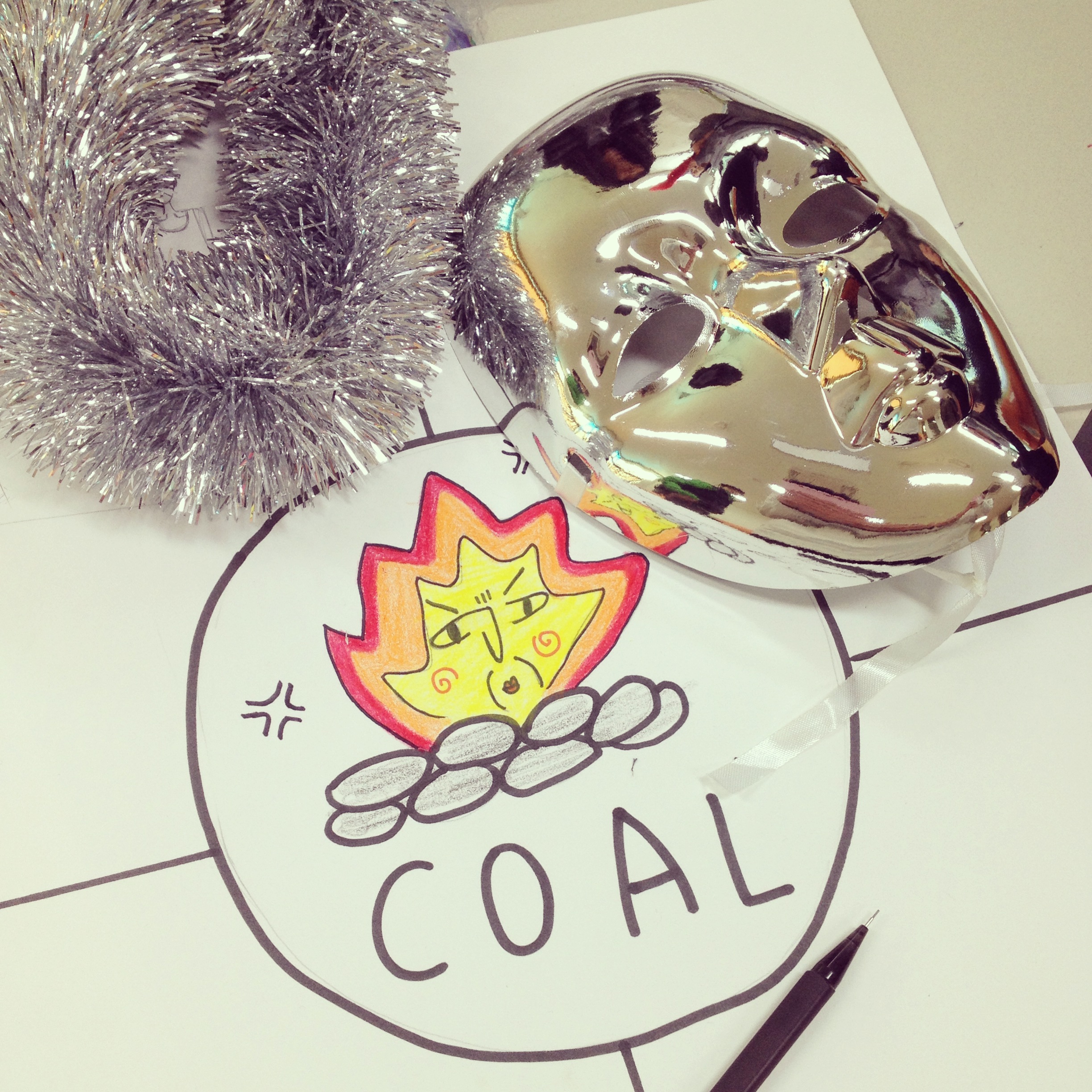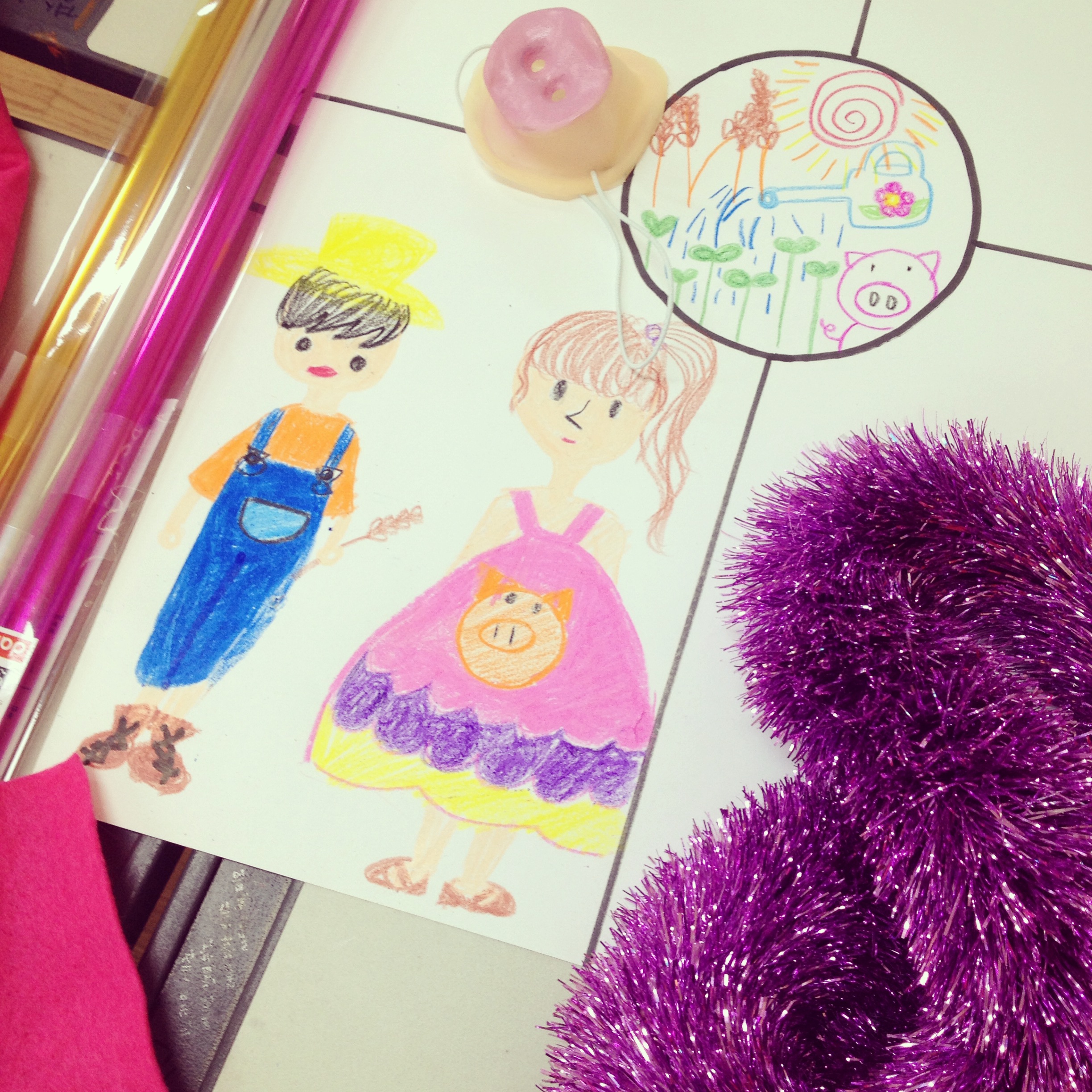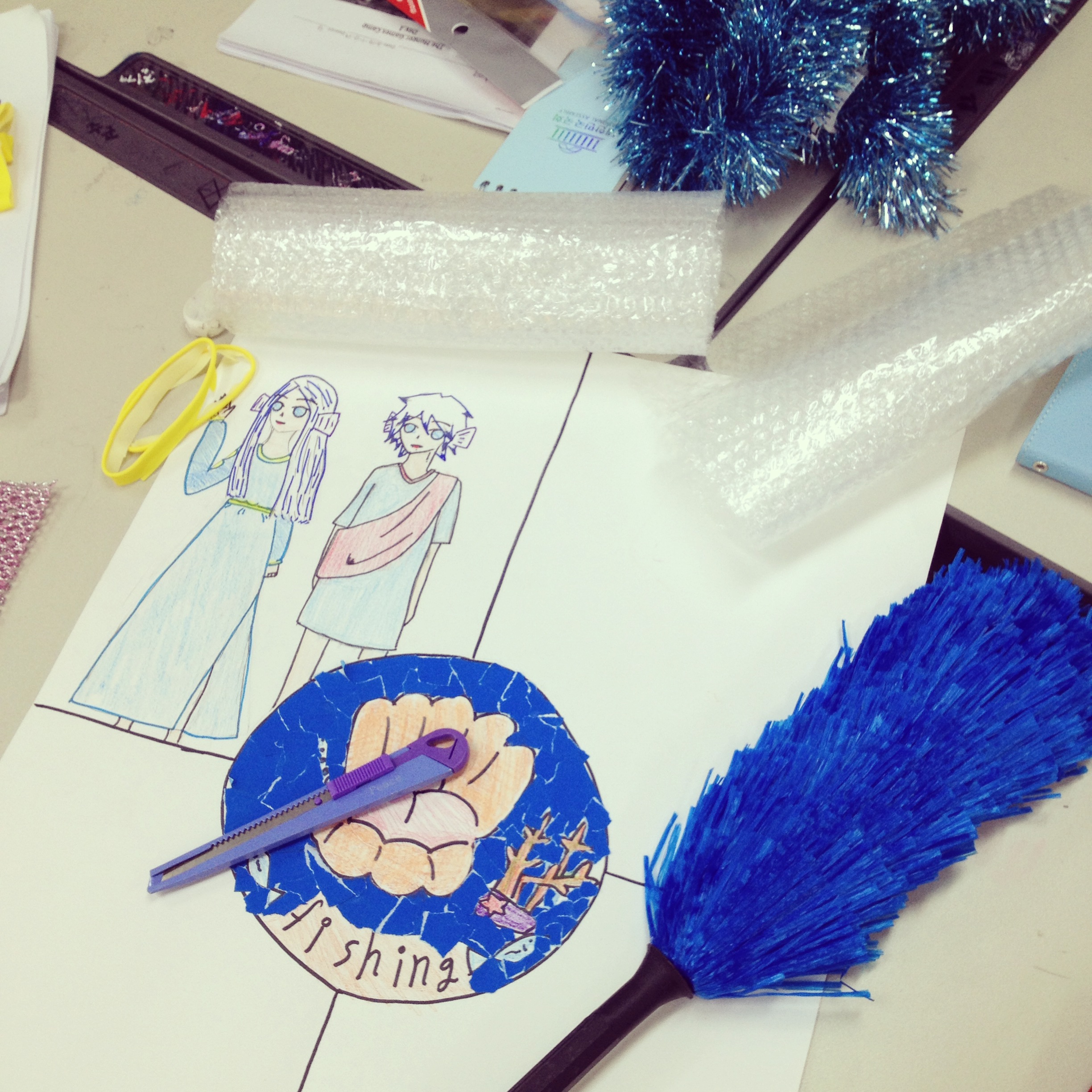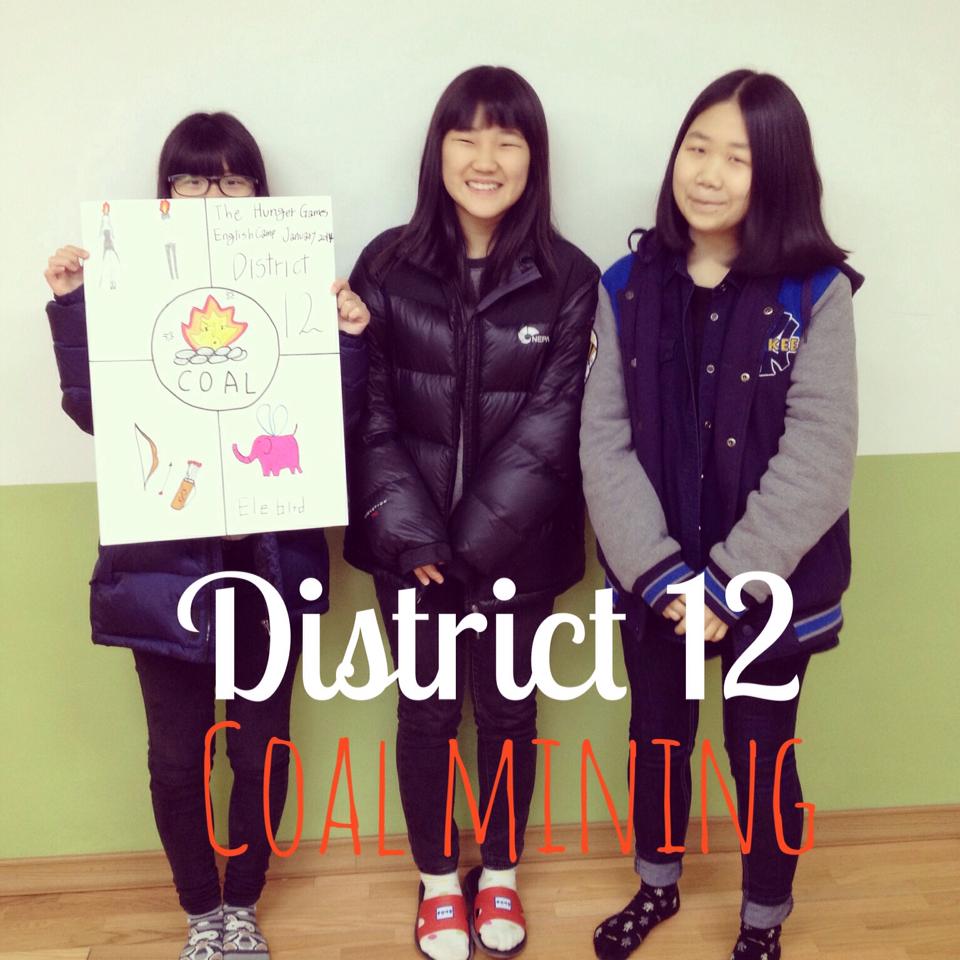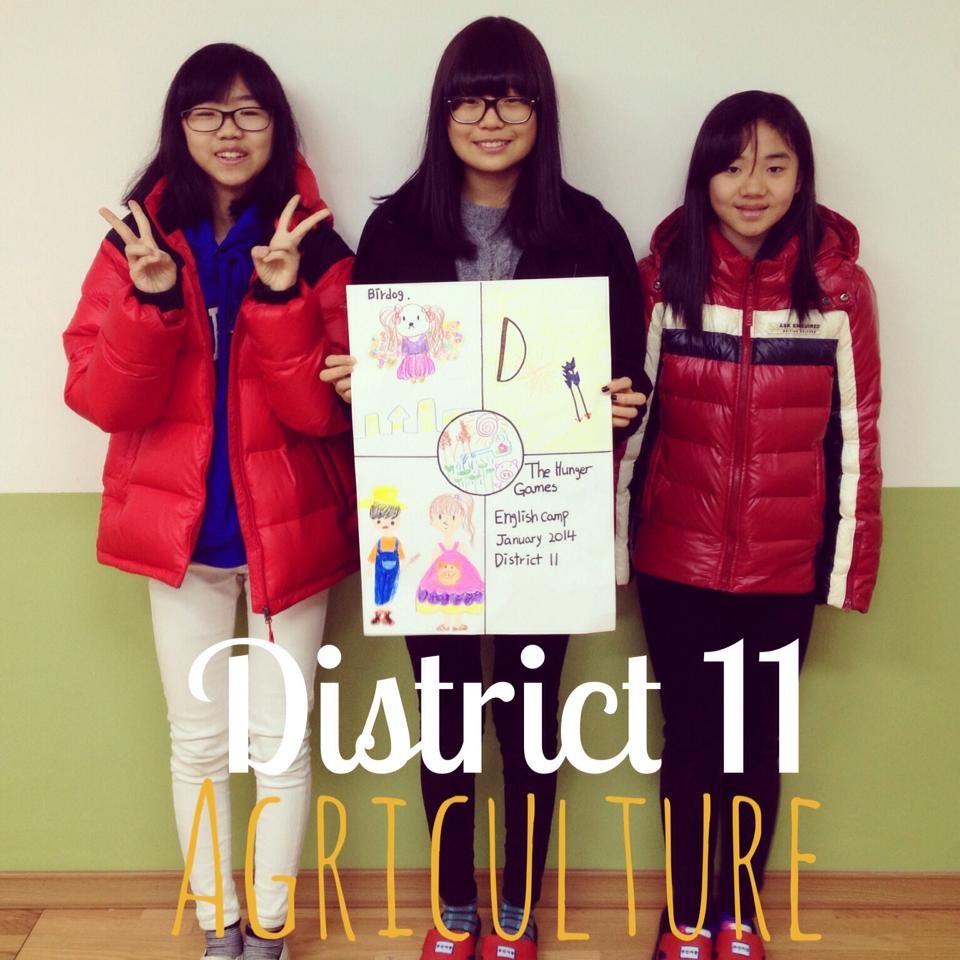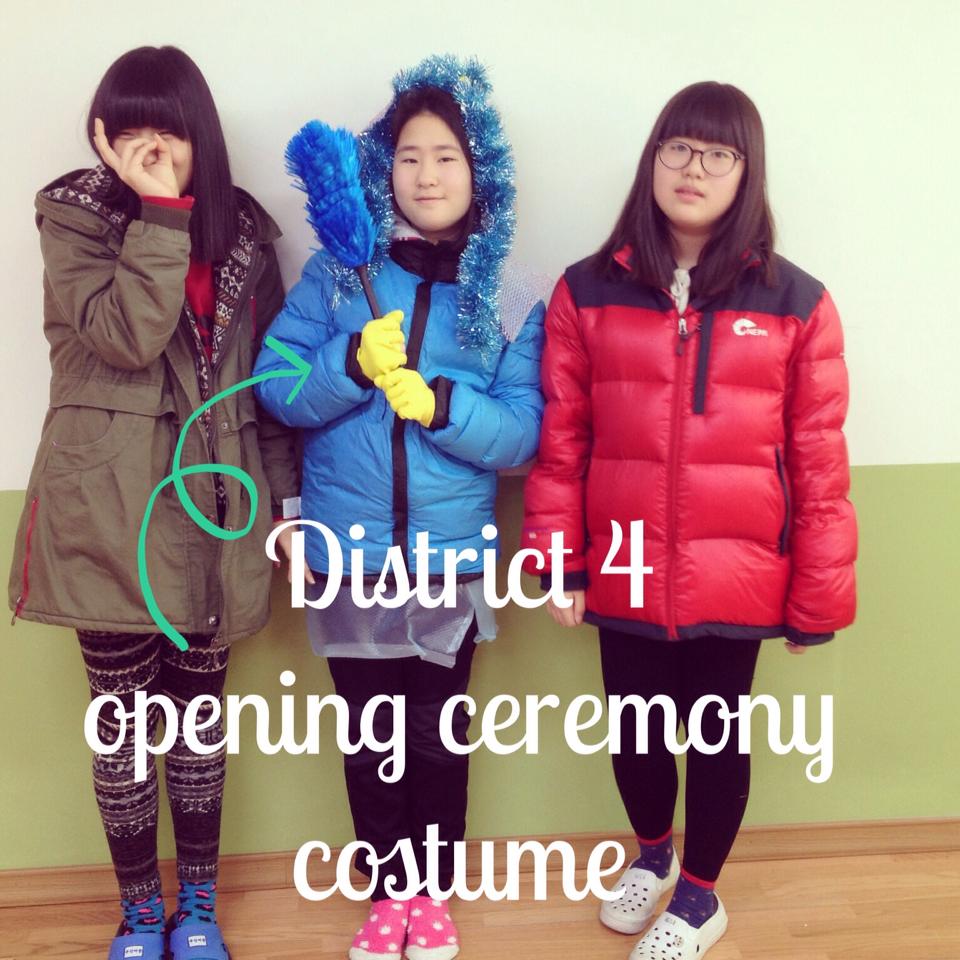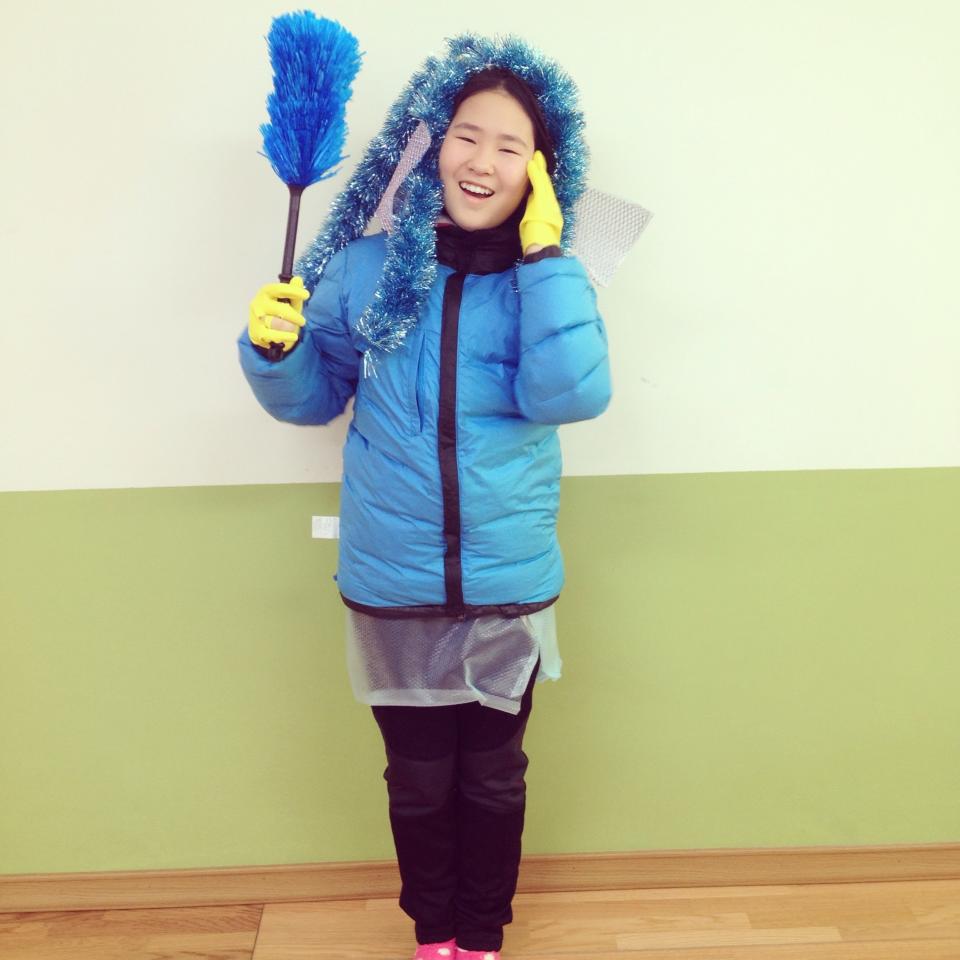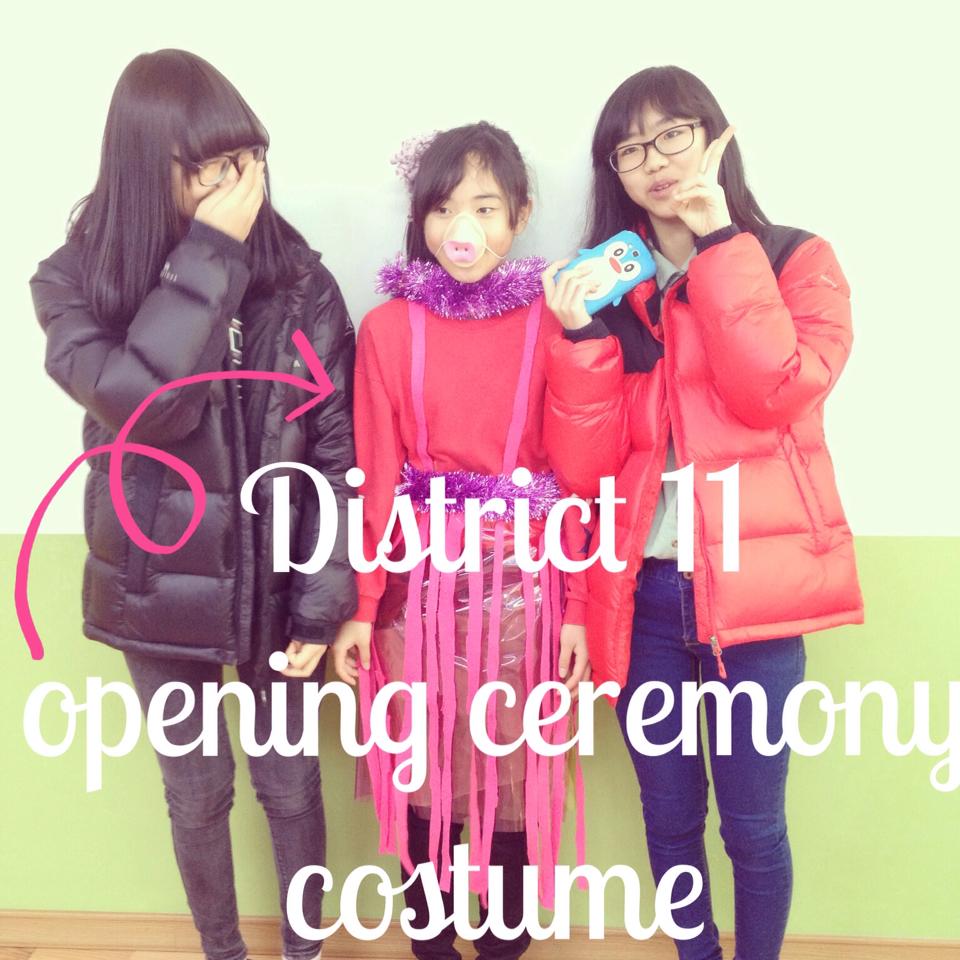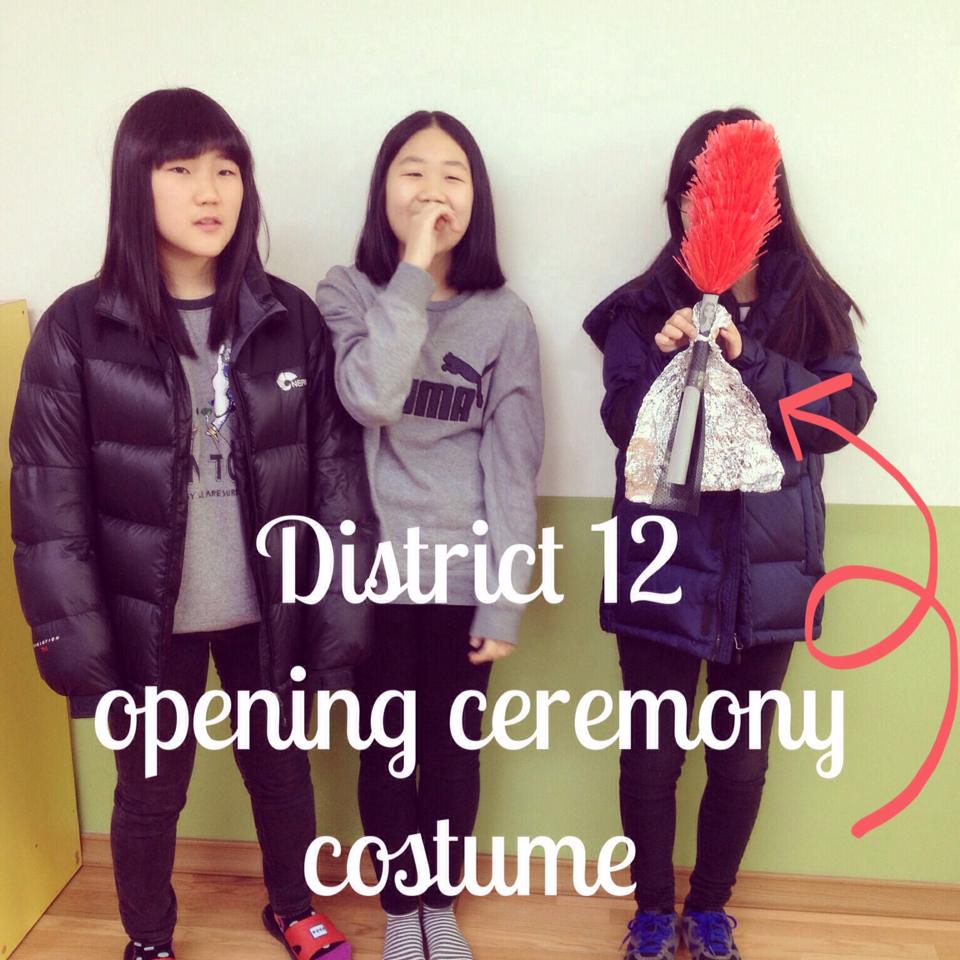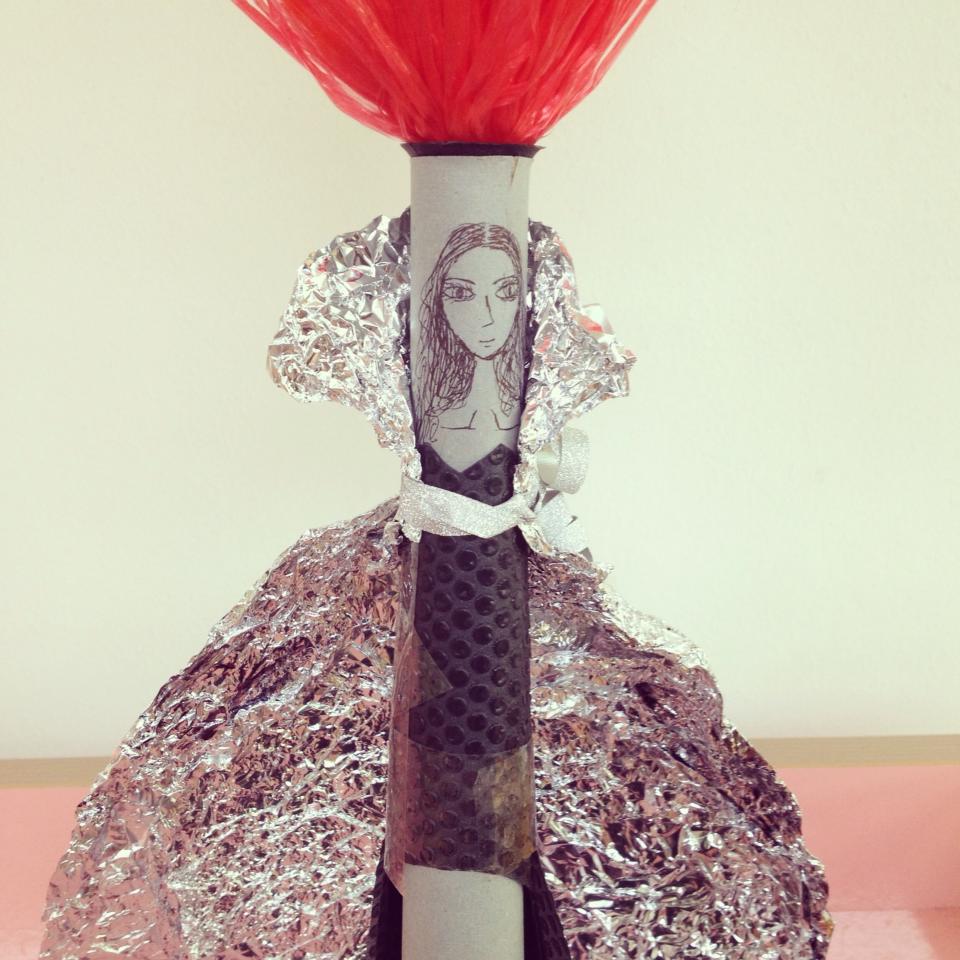English Science Camp And Activities for kids - VOLCANOES
/I taught a rather fun science English camp to different groups of students at the end of last year. I wanted something that was very hands on for the kids, while being fun and educational. I did these lessons with both elementary and middle schoolers and all my kids loved these experiments. We made exploding volcanoes and did the Egg drop experiment. This post will be focused on...
Volcanoes
I started the lesson by having my students in groups of 4. I gave each group a picture of a volcano that I had cut up into small pieces. I placed the picture facedown and then told them they had to put the pieces of the puzzle together and the first team to do it would be the winner.
Then we went over a very basic power point presentation showing the different parts of the volcano and completed a worksheet (I found the worksheet on Waygook, an incredible research, free rich website aimed at teachers here in South Korea).
Then we set about making our volcanoes. I found all the ingredients that I needed at my local mart:
Ingredients for the Volcano
Vinegar
Oil
Flour
Dish Soap
Baking Soda
Water
Salt (try to use buy a ground salt...I learnt this lesson from the No Cook Play Dough recipe I did last year, course salt is horrible when making clay!)
Water based paints (i found these at the back of my English room)
Bottles (for the structure of your volcano)
How to Make the Volcano
For the dough a.k.a. the outside of the volcano
- In a large bowl mix together 3 cups of flour, 1 cup oil, 1 cup salt, 1/2 cup of water. Keep mixing! Add more flour, salt, oil as needed.
- Add paint and keep mixing and kneading until fully absorbed
Building your Volcano
-Tape down your bottle onto a plastic plate or piece of cardboard (this is very important and the volcano will make a lot of mess when you ignite it).
-Using bits of clay, build up your volcano. Make sure to leave the top open for the volcano to explode out of.
Making your Volcano Explode
-Now the fun part! Fill the bottle 3/4 full of hot water (be careful as the plastic bottle will melt if boiling water is used).
-Add 1/4 cup dish soap & 2 Tbs baking soda
-Add red paint/food colouring
-When you are ready, add 1 cup of vinegar and watch the volcano erupt!
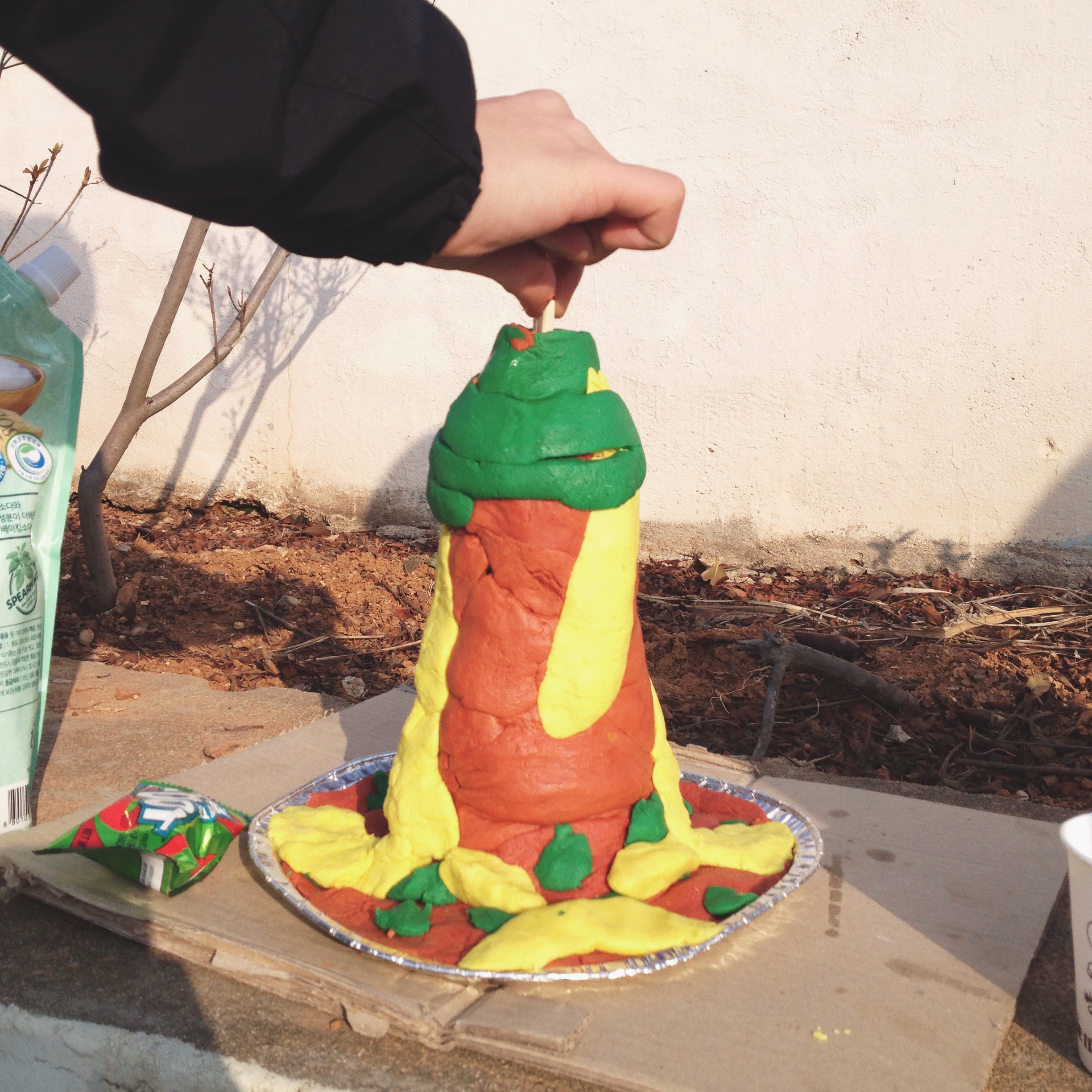
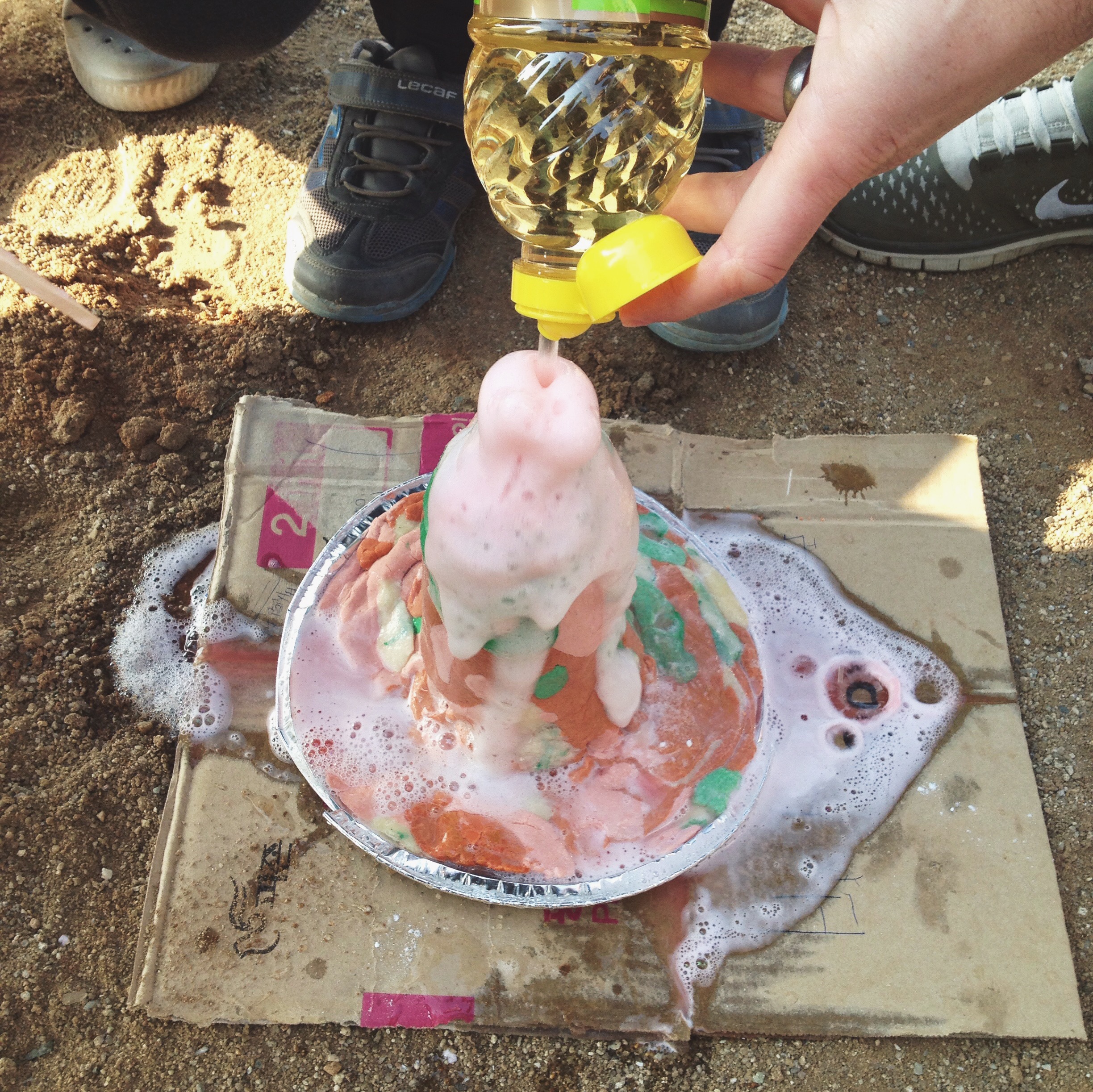
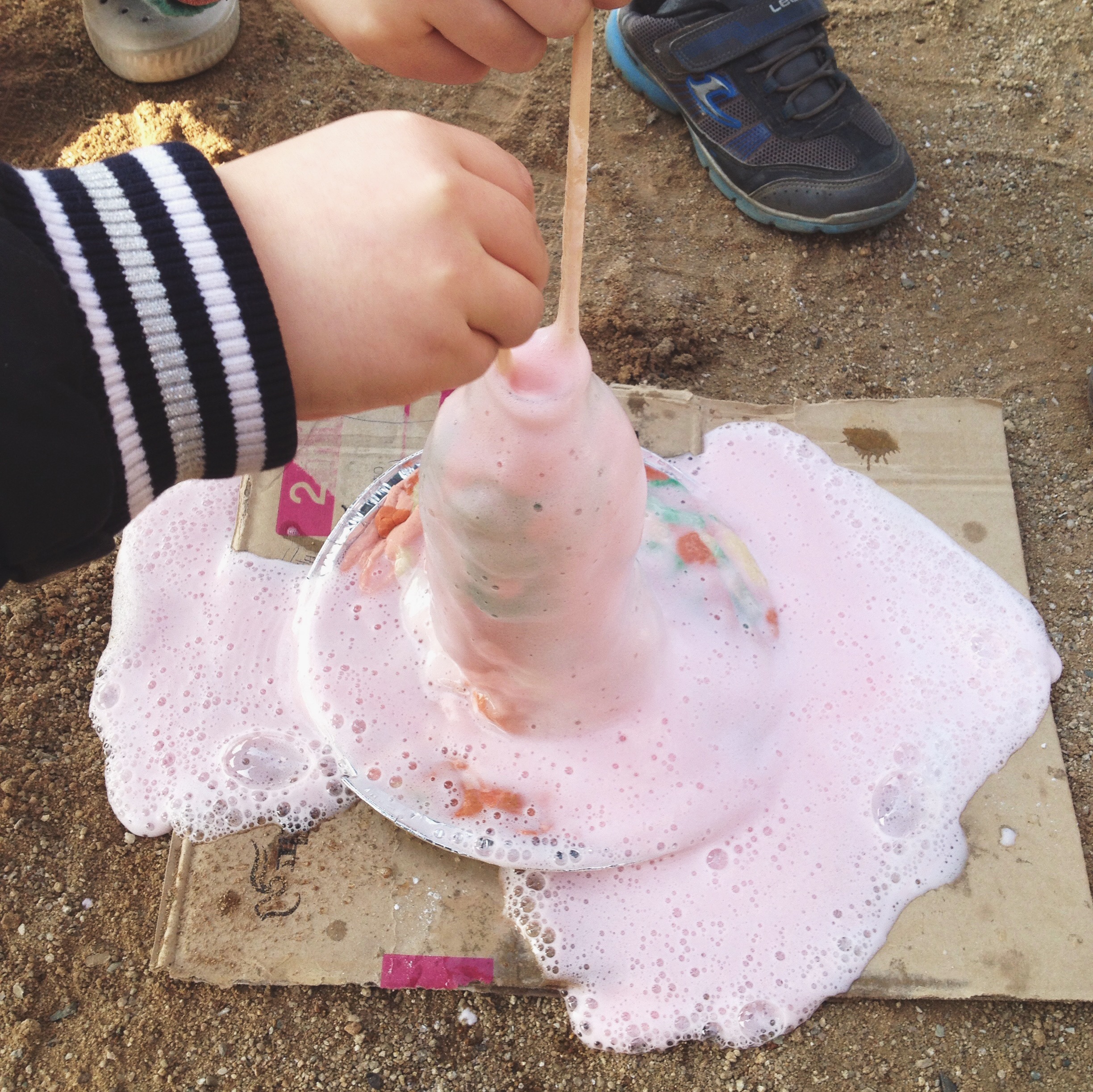

It's best to do the erupting outside as these volcanoes tend to make quite a big mess. Make sure to come back for the second part of my Science camp, The Egg Drop Experiment!



